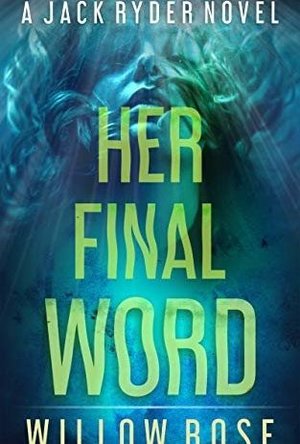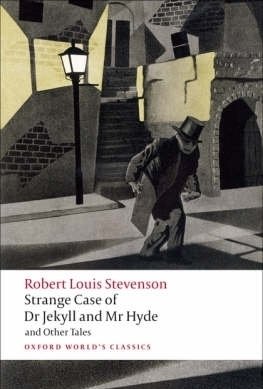
Strange Case of Dr Jekyll and Mr Hyde and Other Tales
Robert Louis Stevenson and Roger Luckhurst
Book
'Instantly the spirit of hell awoke in me and raged...I was suddenly struck through the heart by a...
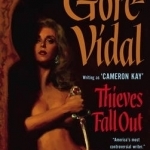
Thieves Fall Out
Book
Gore Vidal was one of America's greatest and most controversial writers. The author of twenty-three...
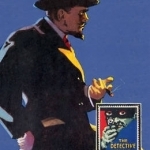
Detective Club: No. 113: The Blackmailers: Dossier
Emile Gaboreau, Richard Dalby and Ernest Tristan
Book
Monsieur Lecoq of the French Surete is called to investigate a Bank Robbery in one of the world's...
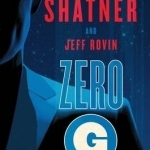
Zero-G: Book 1: A Novel: Book 1
William Shatner and Jeff Rovin
Book
A new science fiction adventure from William Shatner, famous for his role as Captain Kirk on Star...
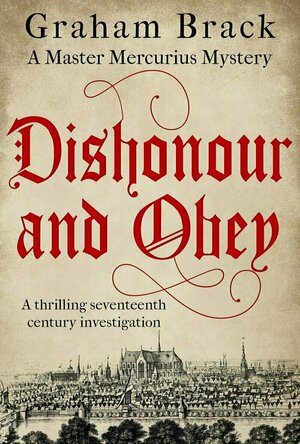
Dishonour and Obey
Book
Mercurius is back — and this time in England! Perfect for fans of Andrew Taylor, C J Sansom, S J...
Historical Fiction
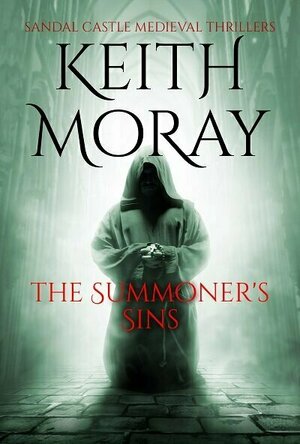
The Summoner’s Sins (Sandal Castle Medieval Thrillers #3)
Book
An absorbing historical thriller full of suspense! Perfect for fans of S D Sykes, E. M. Powell,...
Historical fiction Medieval England Edward II

Scorch (Homecoming Hearts #1)
Book
At twenty-three, bad boy Blake is facing what most don't see until decades later: the end of his...
5 stars male/male romance crime/thriller too stinking cute personal reads 2018
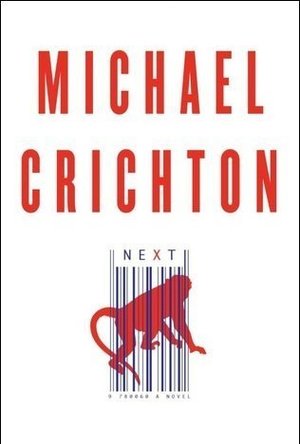
Next
Book
Welcome to our genetic world. Fast, furious, and out of control. This is not the world of the...
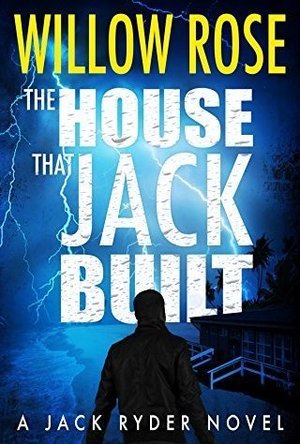
The House that Jack Built (Jack Ryder Book 3)
Book
Scott Kingston is afraid of monsters. He thinks they’re lurking outside his bedroom window at...
adult fiction series Jack Ryder horror mystery
